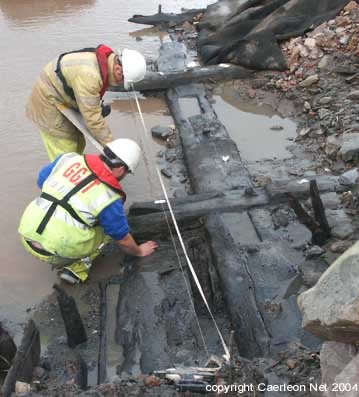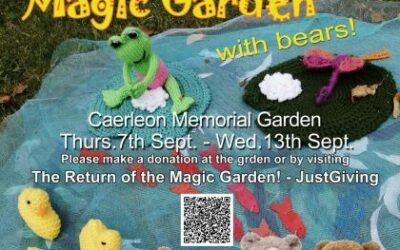Over the last few weeks there’s been a lot of discussion on bridges in Council and locally.
For the Council our bridges are expensive to maintain but they are also iconic and as well as serving a function in our city- they play an important part in attaching people to places. How many times do you cross the Severn bridges and think “relax I’m home in Wales” or see the transporter and know your in Newport. The first picture I took of my son as he lay in the Gwents incubator had the transporter bridge in the background. It told me my new son was a Newportonian and from South Wales ( significant in my family!)
Newport has 10 bridges crossing the River Usk within our city boundary.
Caerleon itself has had at least three bridges that we know about. The first bridge would likely have been built by the Romans. It is thought the town remained an important port long after they left avoiding the worst of Saxon incursions but being replaced in significance once the Normans had arrived in Newport. While we know much about the Roman occupation in Caerleon, there is still clearly much to find and what is becoming increasingly accepted is that Caerleon was a significant port with huge quayside buildings serving the Roman Fort and surrounding area linking up Caerwent and beyond towards Gloucester.

A second wooden bridge served Caerleon until it was destroyed by storms in 1779. This bridge was often in need of repair and rebuilding because of the strong tides. In 2004 a team of archeologists spent several days recording the footings of the wooden bridge and we have a very good idea what the bridge looked like due to detailed drawings found in William Coxe’s Historical Tour In Monmouth published in !801 (beautifully illustrated by Richard Colt Hoare). It is thought the timbers may be medieval and could have held Caerleon bridge in place for hundreds of years. It is thought there were several weirs including one at St Julians (Nash-Williams) and these are mentioned again by a customs official in 1580 as was the importance of trade with Bristol and the West Country. A Caerleon ship “Joseph of Caerleon” transported butter for the troops in Ireland in 1599 but there are accounts throughout of Caerleon ships trading illegally to avoid taxes. This trade continued and included Spain and Portugal until the arrival of industry at the end of the 1700’s.
Between as a replacement for the wooden bridge1806-1812 the present stone bridge was built by David Edwards with a steel and concrete footbridge being attached in 1974. The foundation stone of the original Newport Bridge is set into the stonework of Caerleon Bridge bearing the inscription
~ This Bridge was erected at the expense of the Countyby David Edwards and his two sons William and Thomas. Completed AD MDCCC”
The bridge is the furthest upstream of the ten bridges over the River Usk within the City boundaries of Newport and is Grade 2 listed.


Like any structure the bridges need frequent maintenance and inspections to keep them in a safe and serviceable condition and this involves closing them at various times to keep our workmen safe, The most recent routine structural survey included an assessment of the bridges capacity to support HGV’s and the outcomes will play a part in how we plan Caerleon’s highways into the future.
Personally I love bridges ( they are nearly always near water), they are often engineering and historical masterpieces and they serve a function. You could spend months researching Caerleon’s bridge history alone.
However challenging and costly ours are though spare a thought for Hamburg. At the last count they had over 2500 bridges within their boundaries-I can’t even begin to think of their maintenance bills!
Cllr Jason Hughes



